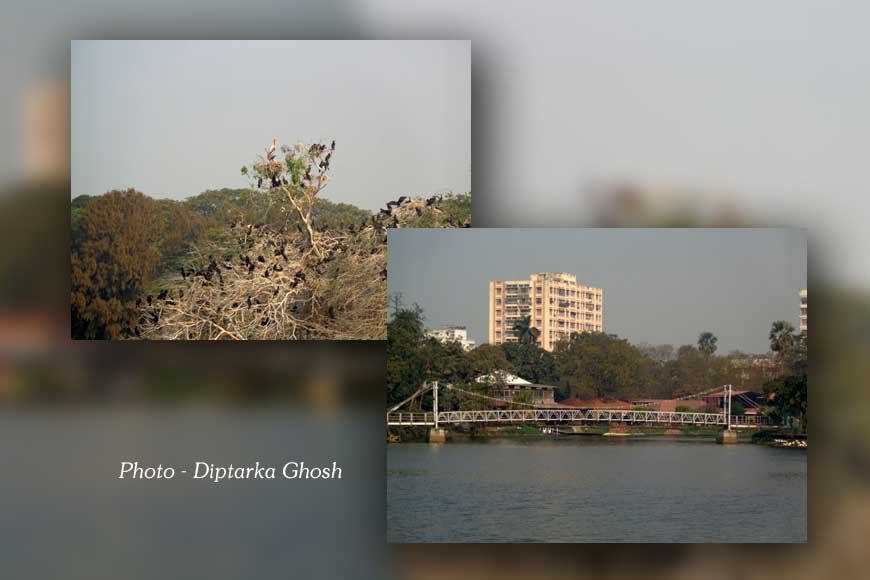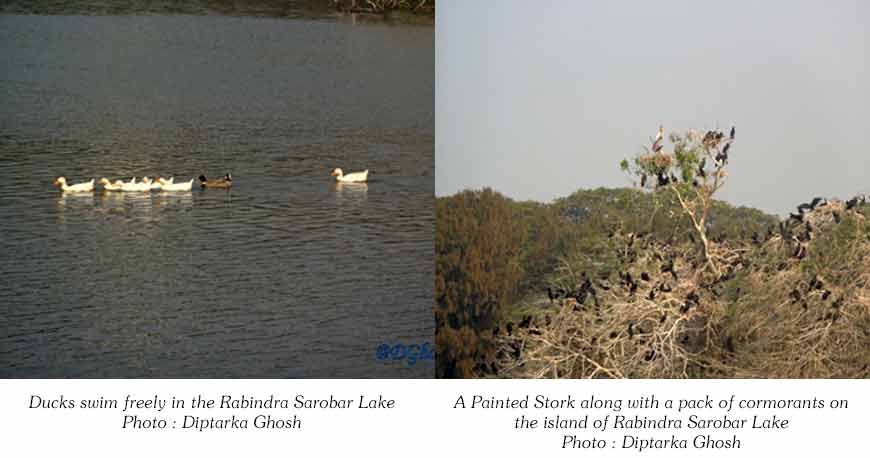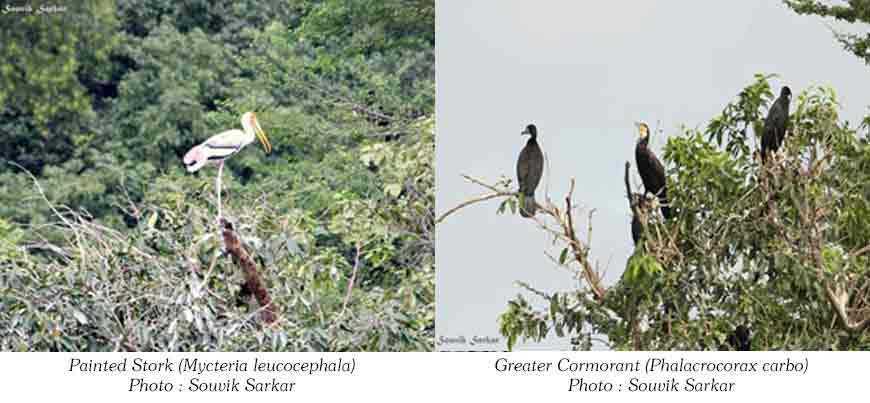Is Kolkata’s Rabindra Sarobar dying?

Diptarka Ghosh is a nature enthusiast and a Zoology research scholar with Zoological Survey of India
When you pass the Southern Avenue, the lush and green lanes, you often get to see the branches of huge trees spilling over the shady nooks. For it is here that lies the lifeline of South Kolkata, Rabindra Sarobar. The signs of water pollution and environmental degradation have been evident for long, more recently there has been a need to save the Lakes from the perils of urbanization. The water quality of the lake has deteriorated so much that the biodiversity of this ecosystem is at stake. Due to encroachment, the lake has shrunk beyond recognition and is heavily polluted as large number of people are using its waters for washing and bathing purposes daily. The unrestricted growth of aquatic vegetation transforming into thick floating vegetative mat along with receding water level at several edges and corners of the lake has been a common problem since long.

Growth of water hyacinth has resulted in bleaching of oxygen causing harm to fishes. Several reports and research articles published in recent years have supported this indicating high load of pathogenic bacteria in the water, poor biological and biochemical oxygen demands, increase in alkalinity and turbidity to mention only a handful of detrimental water quality parameters. The high pathogenic load in the water has been attributed to direct mixing of animal and human wastes into the lake water promoting eutrophication as well as high loads solid organic matter in the water. Further, non-biodegradable items such as plastic bottles, cups and packets and the practice of indiscriminate idol immersions also contributes to serious water pollution.
One of the distinguishing characteristics of the lake is the abundance of swimming pools and rowing clubs on the periphery since colonial times. None of these clubs however have any wastewater treatment plant and the entire release from these busy hubs of urban entertainment drain into the lake. Illegal construction and encroachment of the lake by one of the private clubs have been going on continuously.
Recently, despite a court order, thousands of devotees have performed Chhath Puja rituals in the Rabindra Sarobar Lake, driving away birds or even killing them with the loid bursting of crackers. The alarming level of water pollution was confirmed about a year back when morning walkers were shocked to find hundreds of dead fish floating on the water surface. Researchers said that this was most likely caused by the plummeting levels of oxygen in water. There has been no dredging of the lake, since its excavation and due to unrestricted dumping of untreated sewage, mass decimation of the aquatic species has occurred.

Though the Lake looks beautiful with all its concrete pathways and pillars, the beautification drive has proved to be a negative blot. Due to the cementing of the bases of the trees, roots failed to get adequate soil and water – leading to gradual weakening of roots and consequent withering of the trees. Many trees are toppling off these days during Nor’westers.
(to be continued)

-Agriculture Deptt_001.jpg)








